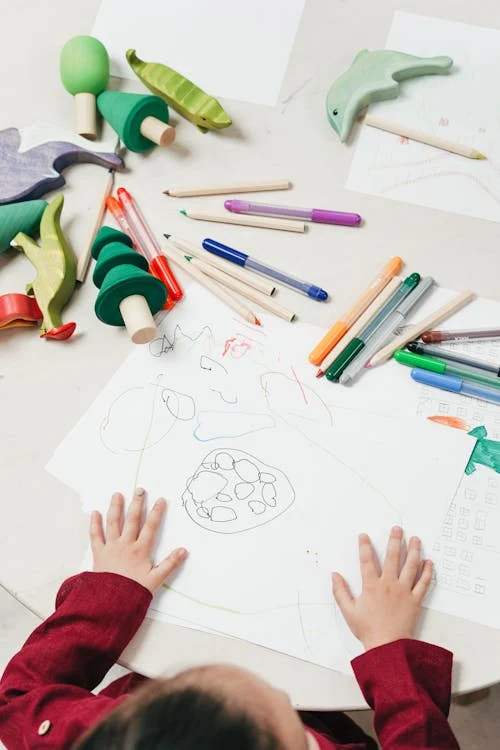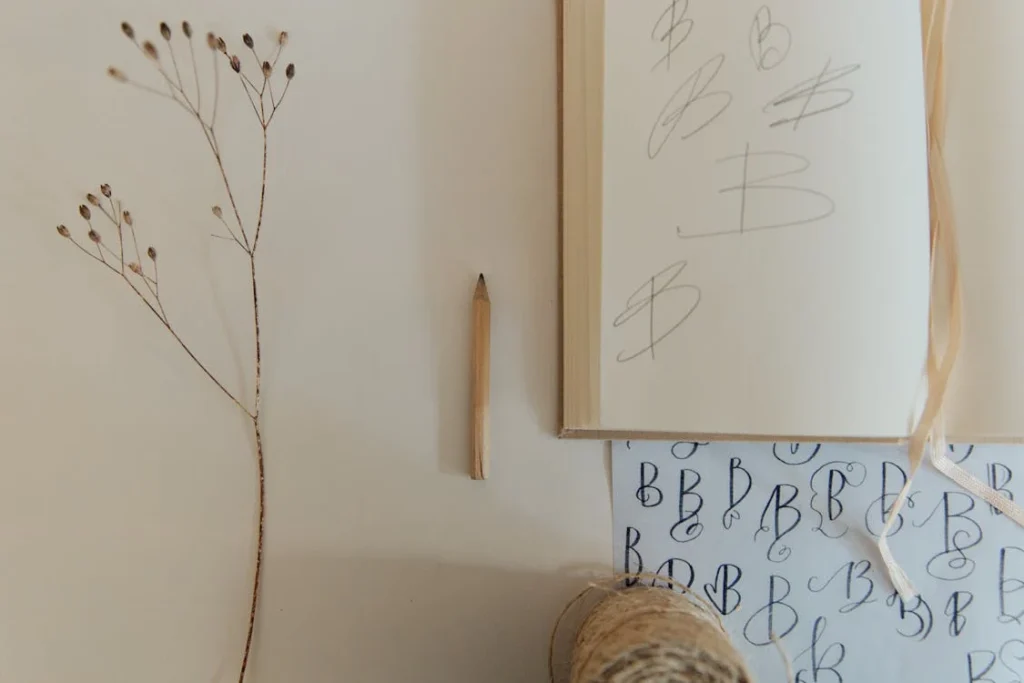What is creative writing
All writers should have the ability to write creatively, which is defined as writing in which the writer employs their imagination to create a story. We can delight ourselves and our readers by making up fresh stories with our minds.
We all want our kids to become proficient writers because we think that as writers, they will have many chances throughout their lives. A significant portion of our children’s lives are spent in school, after-school academic programs, and structured extracurricular activities in today’s fiercely competitive society. We want to engage with our children academically as well as emotionally and spiritually during their brief time with us at home.
This results in more reading, writing, and math homework for the kids and more annoyance and hassles for the parents in many homes. Therefore, the task is to make thinking critically look enjoyable.
The proverb “monkey see, monkey do” is equally true! Our kids follow our example, not just what we say. A youngster is more likely to copy their parents’ reading, writing, or recreational math puzzle solving than if they just hear a lecture about how vital it is to develop these skills. Fear not—we can make it enjoyable for you as well!
What is creative writing?
Writing that is creative is exactly that—CREATIVE. The primary motivation for concentrating on it is to foster your child’s inventiveness. Creativity encompasses imagination, quirkiness, originality, uniqueness, independence, and self-expression—all excellent reasons to write!
When was the last time you felt the need to release something but refrained from doing so out of concern for the possible fallout? Kids also require a way to express themselves. Give them a diary so they can write in it (you can even get one for yourself!).

It’s not school, so stay loose. The creation process is crucial. Give up the urge to see writing that is orderly, grammatically perfect, and has all the words spelled right. Your children’s work does not always need to start out as “correct.” Creativity is always impeded by correctness. Permit your kids to have an unrestrained flow of ideas and opinions.
Child has a flair for creative writing
The best authors write because they have to, not because they want to, as author Judy Blume points out. They are driven to write because they have a poetry or a narrative inside of them that just needs to be expressed. Certain kids possess an innate curiosity and skill for writing creatively. What they frequently lack is a viewership.
Other than their English professors, no one takes them seriously as authors when they are young. Parents disregard their creative writing abilities because they might not improve their exam scores due to the assessment constraints. This mindset needs to shift. Parents must provide their kids the support and appreciation they so richly deserve.
Follow up on unfinished projects
Follow up gently if your youngster struggles to finish a project, poem, or tale. Make a help offer or see if any of your writer friends can help. Display completed work Possibly the most important thing you can do for your budding writer is this.
- Put your child’s name on all completed work volumes as the author.
- Create a library with your child’s (and friends’) gathered works.
- Assist your child and their friends in publishing a block in the local newspaper that is “of, by, and for the kids.”
- Offer the child’s written stories as presents for the grandparents on their birthdays or other special days.
- Give younger siblings bedtime stories authored by their older siblings.
Motivate interest in creative writing
Some kids may not be interested in creative writing at all, and they probably detest the thought of having to write for anything at all, much less for extra credit. However, there are advantages to helping kids express themselves creatively and freely. In addition to the previously discussed displaying and audience, children who lack an innate inclination towards creative writing require a motivation to write. To impress someone or to fit in with the group are two common motivations for doing something we do not particularly love.
Make writing collaborative
If you write with someone else, it might be less daunting and more enjoyable. This could be a group of friends, a sibling, or a parent.
• Compose a tale about the same theme (maybe based on an image) and share it with one another.
• Have various writers compose and assemble the story’s segments.
• Compose a humorous sentence for the story’s next sentence.
Make writing meaningful
- Compose tales based on events in your child’s world. This can assist him in addressing things that could be bothering him.
- As a means of finding release, write poetry or stories that convey your feelings. Help your child express his anger by drawing a picture using words or colors when he is upset with you or a friend.
- Compose resolutions or answers. When your child encounters a challenging issue, ask him to put down his ideal solution. The child might consider the intricacy of problems as a result of this.
Age-Wise Activity Ideas
| Kindergarten to class 2 |
| List the names of any items or animals that you observe in photos. Cut and paste portions of images to create “new” and distinctive fictitious things or creatures. Then, allow your youngster to come up with titles that mix the original names. This will foster creativity. For instance, a “tiphin” or “dolger” could be created by combining parts of a tiger with a dolphin. A “chable” can be a half-table, half-chair. Children of this age become more at ease with language and inventiveness when they play with words. They pick up linguistic manipulation skills. Tell your youngster stories so you can write them down for him. Read it back to him later. |

| Classes 3 to 5 |
| Every day, let any family member to drop words, phrases, or thoughts into an idea box. Take the pieces of paper out of the idea box and mix them up on a low-key homework day or over the weekend. With just words and concepts, make up stories, or mix and match for some fun. |
| Classes 6 to 8 |
| Rewrite well-known stories’ conclusions. If Cinderella’s footwear don’t fit, what would happen? Or what happens if she chooses not to wed the prince? Retell tales from the viewpoints of several characters. |
| Class 8 and above |
| Promote blogging and journaling. Teens might want you to look through their stuff or not. If they ask for assistance, offer it without being pushy or patronizing. |
FAQs (Frequently Asked Questions)
– What is the ideal course duration for the Creative Writing Course? The duration of the course varies depending on the program you choose. Typically, courses range from a few weeks to several months, allowing ample time to explore the various aspects of creative writing.
– Can I enroll in the course if I have no prior writing experience? Absolutely! Our Creative Writing Course is designed for writers of all levels, from beginners to seasoned authors. Our instructors provide personalized guidance and support to help you develop your skills and confidence as a writer.
– Will I receive feedback on my writing during the course? Yes, feedback is an integral part of the learning process. Our instructors provide constructive feedback on your assignments, offering insights and suggestions to help you improve your writing skills.
– Are there any prerequisites for enrolling in the course? There are no specific prerequisites for enrolling in the Creative Writing Course. All you need is a passion for writing and a willingness to learn and grow as a writer.
– Can I access the course materials at my own pace? Yes, our courses are designed to be flexible and accessible. You can access the course materials at any time and work through them at your own pace, allowing you to balance your studies with your other commitments.
